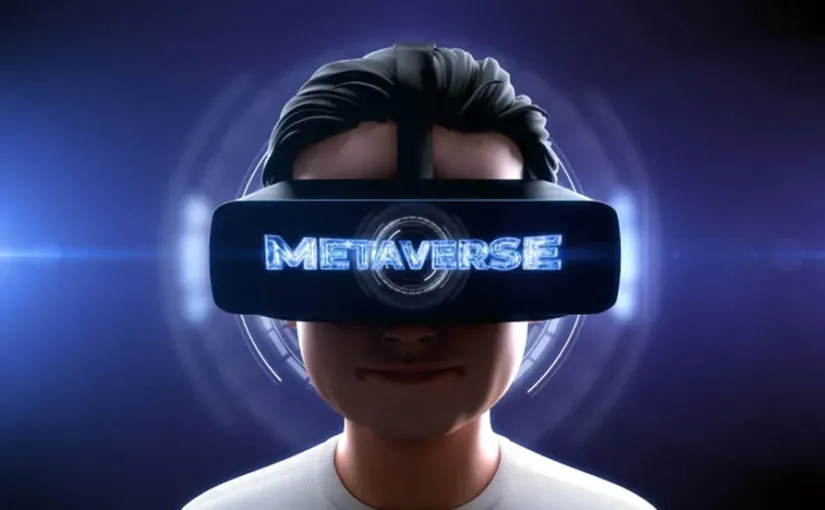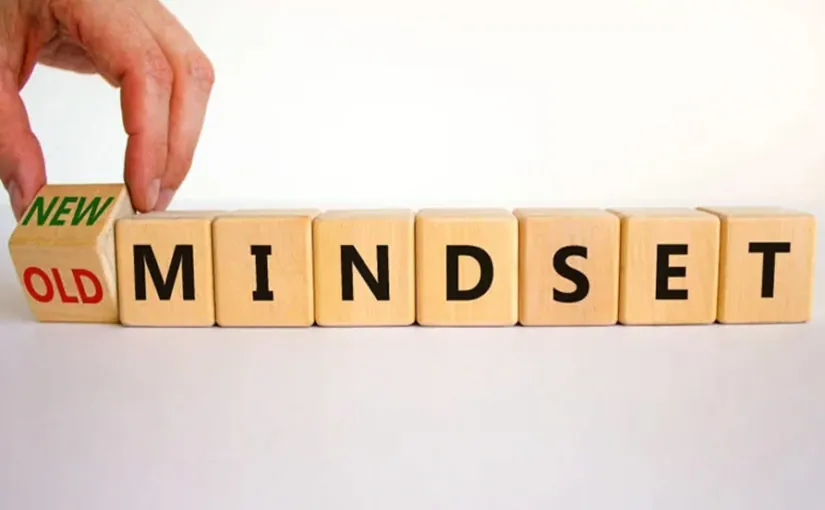YouTube and Wikipedia have been providing user generated elearning content for nearly a decade.
Production standards and user expectations have now grown high.
Modern learners demand out-of-this-world content, and meeting these expectations can seem like an impossible task.
It’s no surprise that most e-learning fails to hit the mark and does not grab the audience’s attention.
Don’t fall into that trap.
Follow our tips on how to create engaging e-learning content that will ensure your audiences stay wide awake!
Be thorough and meticulous in your training needs analysis
Start at square one when planning training and establish the potential learning needs.
It’s the information that you get from this analysis that will inform your design and ensure content relevancy.
No matter how brilliant the design of your course is, without a thorough upfront needs analysis your content will lack genuine relevancy and will ultimately fail.
The analysis itself is not complicated but it requires an investigative and meticulous approach.
Corners should not be cut and, as such, is best performed by someone who relishes, (even gets high off), such a challenge.
The analysis should take into account existing competency levels, areas of weakness, previous training, desired achievements.
At the end it should be clear which problem e-learning is addressing, who the target audience is, what are the learning outcomes and how will it help your business or client meet their business goals.
Resist a one-size fits all approach by tailoring to your audiences
If you adopt a one-size fits all approach you risk alienating all your learners and pleasing none. You need to create bespoke elearning solutions.
The more capable learners may find your courses too easy and novices may find the course goes over their head.
Therefore, research your audience so that you can tailor your e-learning course.
This goes far beyond knowing names, gender and dates of birth.
You’ll want to know what your learner’s current technical abilities and knowledge levels are, and you’ll want to know what specific challenges they face, day to day and in the near future.
It’s also important to know in what situations, and how often the learner will be applying this learning in the real world.
Your research may demonstrate that base skill and knowledge levels may vary to the extent that learners cannot be well served by one-learning course.
You may need to segment your learners into cohorts and devise separate courses that are stimulating and relevant to each group.
Tailoring your content to your audience in this way will help to ensure that your content is specific and engaging to your audience.
Define and clarify your learning objectives
It’s still not time to crack open the e-learning authoring tool yet.
There is more vital planning to do if you want to ensure you create an engaging e-learning course.
It’s now vital to define your learning objectives.
Clarify what knowledge, skills and awareness’s that learners are expected to acquire at the end of the e-learning course or unit.
The best learning objectives will be easily linked to overall business objectives and will make the course seem irresistible to the learner.
For example, a learner who is having problems dealing with difficult employees should be engaged by the following learning objective.
By the end of this course, learners will be equipped with a set of tools to help them manage and motivate and focus difficult employees.
Select an appropriate e-learning authoring tool
Great, it’s now time to put your hands on the technology.
With the right tool, designing your e-learning course will be easy, so it’s important you make a sound selection decision.
You’ll be looking for a tool that has the usability that corresponds to your own or team’s skill level.
But, you will also need to make sure that it has all the features and functionality that you want.
For example, if your L&D team lack programming and graphic design skills choose an entry-level tool that comes with in-built customisable slide/course templates and plenty of tutorials.
Incorporate multimedia, but do it wisely
Used well, multi-media will enhance learner engagement and learning transfer.
Learners appreciate visuals within presentations, especially videos.
Once again, if you are not skilled enough to produce your own multi-media, don’t let this stop you including this kind of content.
Just incorporate third party or commissioned content such as videos from YouTube and presentations, infographics, animations, podcasts etc…
Don’t go overboard on multimedia, instead focus on keeping the e-learning simple and straight-forwards and ensure that it serves to meet the primary learning objectives.
By minimising multi-media complexity the design process will also be less stressful and you’ll also maximise the wow factor of such content.
If you are concerned about large blocks of text, you can break them up with bullet points and sub-headings.
It’s not always necessary to add in a video or images.
Storyboard your content to optimise the page layout and the logical flow.
Storyboarding is a great way to plan and organise the overall learning journey that students will follow, prior to authoring the course.
It will provide a rough, visual outline for each page and will also enable to you to develop, assess and optimise the logical flow of your course.
You can download a storyboard template here.
Test-run your presentation and use feedback to optimise it.
Test-run your presentation, preferably with fresh eyes, e.g. some one who has not been involved in the design of the course.
They’ll spot things that you have missed, allowing for a more thorough due diligence.
You’ll be looking to answer questions like:
- Is it easy to navigate through the course (backwards and forwards)?
- Are all fields and interactive areas easy to use?
- Is there a table of contents?
- Is there a good logical flow of information?
- Have you included appropriate assessments and are they engaging?
There are two clear stages to develop amazing e-learning courses.
It’s planning and execution.
Planning involves knowing your audience and their needs, (and potentially segmenting the audience according to these needs), and then tailoring your e-learning content to suit.
Execution is about designing content that serves both form and function.
Functionally, it must firstly meet all the learning objectives derived from the planning stage.
But equally this elearning content should be delivered in a highly accessible, engaging and multi-media enriched way.
If you’re ready to level up your L&D strategy with the help of an eLearning company, get in touch with us today!


 YouTube and Wikipedia have been providing user generated
YouTube and Wikipedia have been providing user generated 










